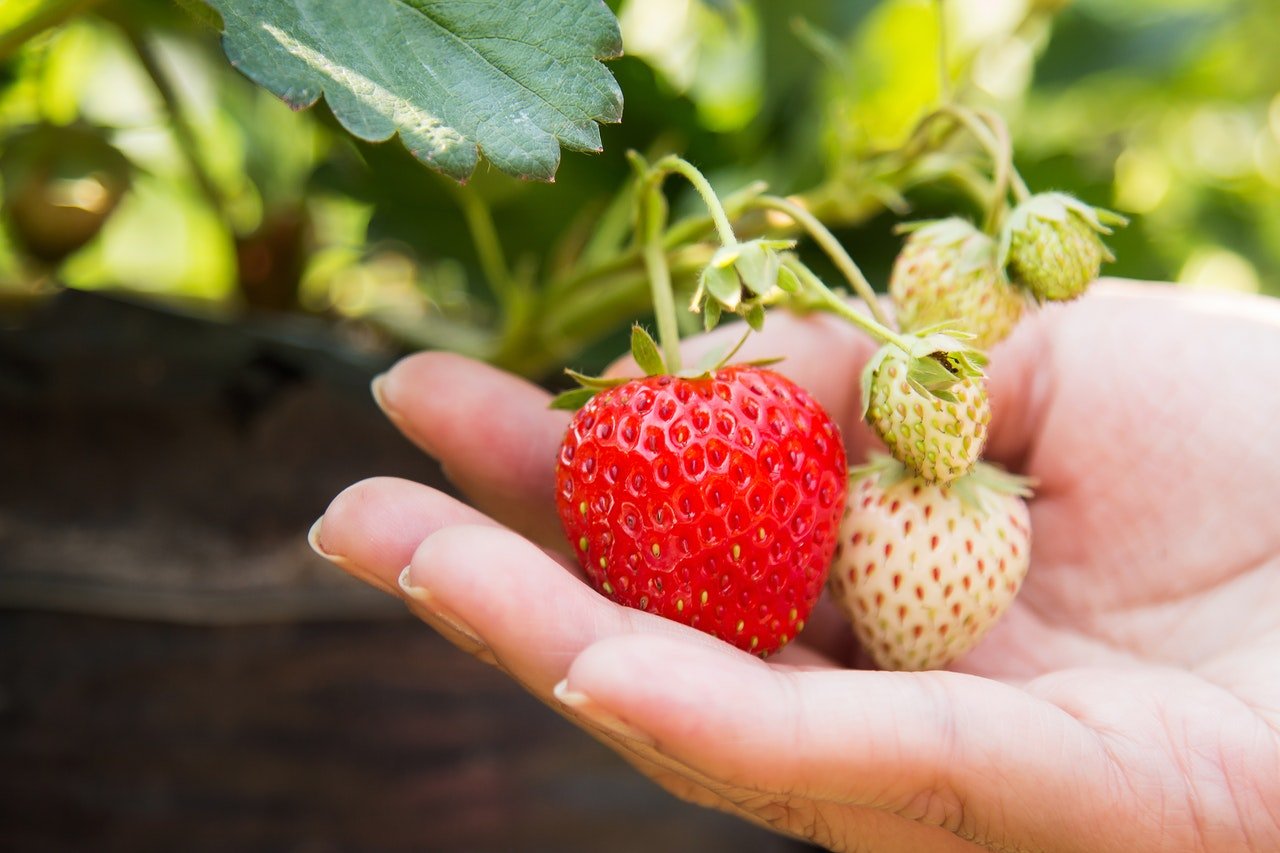Our friends at Cornell Cooperative Extension have shared these important tips for ensuring the success of this season’s blueberry crop.
Blueberry harvest is underway and looks surprisingly good in most places – despite the May freeze, early drought, and occasional hail events around the region. Fruit is sizing very well and plant growth is great – these plants LOVE all this rain! But unexpected weather is when you will discover how effective your disease management program was.
Anthracnose fruit rot (Colletotrichum acutatum) is widely apparent in plantings. This disease should be prophylactically sprayed before and during bloom. You can spray now in hopes that you can thwart the spread of the disease, but look carefully at the REI and days to harvest all chemicals.
This disease will present as a sunken spot on the fruit. In this humid weather, you will undoubtedly see the pink-orange fruiting spores that will grow on the sunken areas. Make a note to focus on next season to control this disease.
Mummyberry (Monilinia vacinii-corymbosi) is less widely apparent, but definitely out there. Mummyberry spores can be moved by pollinators, so even if you’ve never dealt with this disease before, there is always a chance. That is why we encourage growers to manage for it, despite the history in your own patch. This disease is controlled at the vegetative green tip – so pretty early in the spring.
Blueberry tip borer moth (Hendecaneura shawiana) is a pest that we are seeing much more frequently than in the past. The pest doesn’t damage the fruit from this season. But the overall impact is more significant. The moth lays eggs in the tip of the newest canes, causing the cane to abort vertical growth and branch much lower than it normally would. This means that there is less opportunity for overall growth, the fruiting wood is too low, and over time the plant becomes less productive due to the architectural change.
The small brown moth lays eggs in June, which hatch in July. The larvae drill down several inches, causing distortion and then death of the shoot tip. This flagging can look something like canker, but it’s more localized to the top 6” of the shoot. There are no labeled conventional insecticides. Use azadirachtin and pyrethrin products at petal fall for control.
Japanese beetle (Popillia japonica) have started feeding on blueberry foliage. I’ve yet to get a report of fruit feeding, but that is when they become a problem worthy of spraying. Despite the foliar damage, they usually don’t do lasting damage to the plant. There are many pesticides that can be used on this insect, but don’t pull the trigger unless you really need to and make sure to read the label for Days to harvest.
Canker diseases (Fusicoccum putrefaciens and Phomopsis vacinii) are exhibiting the tell-tale cane flagging. New shoots will wilt rapidly and die back from the tip towards the crown. Healthy vigorous canes will wilt and collapse. When you see this happen in an otherwise perfectly healthy plant, the likelihood is high that it’s canker. Fusicoccum canker forms bulls-eye type lesions on the stem, which is another diagnostic help. Prune the dead out as it appears and make a note to use a delayed dormant spray next spring.





















